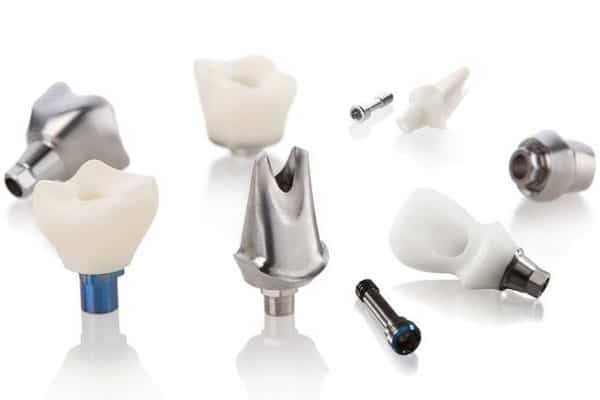In the production process known as computer numerical control (CNC) machining, the motion of tools and machinery is controlled by computer software that has been preprogrammed. The manufacturing sector uses this technology extensively to create intricate and highly precise parts.
CNC Machining’s Past
When John T. Parsons created a motor control system for milling airplane parts in the 1940s, the idea of CNC machining was born. Later, in the 1950s, the Massachusetts Institute of Technology (MIT) improved this approach. The manufacturing sector saw a change when the first CNC machine was put into production in the 1970s.
The Operation of CNC Machining
In CNC machining, the movement of cutting tools on a workpiece is managed by computer software. The machine’s movements are guided by numerical code that is translated from design specifications by the software. A large variety of tasks, including milling, drilling, turning, and grinding, can be completed by CNC machines. These machines can produce parts and shapes that are extremely complicated with very tight tolerances.
Advantages of Precision CNC Machining: Very high accuracy and repeatability items can be produced by CNC machines. This accuracy guarantees uniformity in the production procedure. Efficiency: By automating time-consuming procedures, CNC machining increases production speed.
Increased productivity and quicker turnaround times result from this. Versatility: A vast range of items, from straightforward components to complex designs, can be produced by CNC machines. Because of its adaptability, CNC machining is appropriate for a variety of sectors, such as the automotive, aerospace, and medical industries.
CNC Machine Types
- Milling machines: These devices remove material from a workpiece by means of rotary cutters. They are frequently employed to create intricate forms, grooves, and slots. Lathe machines: They spin the workpiece while forming it into the required shape using a cutting tool. They are employed in turning operations and for cylindrical items.
- Plasma cutters: These devices cut through metal with a plasma jet that is fired at a high speed. For cutting thick materials and creating large-scale pieces, they are perfect.
CNC Machining Applications
The aerospace industry uses CNC machining to create precise parts for spaceships and airplanes. CNC machines are used in the production of parts like control systems, landing gear, and engine components.
Medical Industry: Custom implants, prosthetics, and surgical tools are made with CNC machining. These medical gadgets fit perfectly because to CNC machining’s extreme precision and accuracy.
Automotive Industry: CNC machining is used in the production of engine, brake, and transmission parts, among other automotive parts. Strict quality requirements must be met by these parts, which CNC machining aids in achieving.
CNC Machining’s Future
The development of CNC machining is being propelled by technological advancements. Features like robotic automation and 5-axis machining are becoming increasingly common. The capabilities of CNC machines are anticipated to be substantially enhanced by the integration of machine learning and artificial intelligence. The manufacturing sector will see a rise in productivity, precision, and efficiency as a result.
To sum up, CNC machining is essential to the contemporary manufacturing sector since it provides accuracy, effectiveness, and adaptability. CNC machines will become even more influential in the future of production as technology develops.
Reference
*Image from https://siouxfalls.business/

